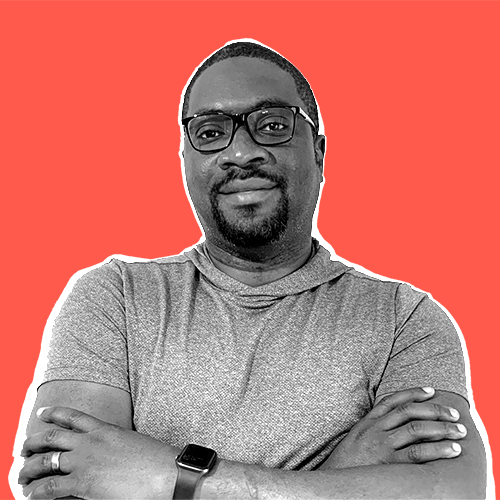Human-Centered Design: Using Design Thinking to Improve Outcomes
Summary: Design thinking is a methodology that places our teams and clients in the shoes of the most important stakeholder: the audience. Through workshops, research, prototyping, and testing, we create engaging user experiences that resonate.
 What is Design Thinking?
What is Design Thinking?
Design thinking is a human-centered approach to problem-solving used across many industries, including digital. It follows five key steps: Empathy, Definition, Ideation, Prototyping, and Testing. This iterative process allows us to refine ideas based on real user insights, ensuring that each solution is meaningful and user-driven. Each step is carefully planned, with the flexibility to revisit and adjust as needed, leading to effective results.
How Reason One Uses Design Thinking
At Reason One, we use design thinking to develop innovative digital solutions that meet client needs and delight users. Here’s our approach:
Discovery Phase: We start by understanding the client and their users through research, interviews, workshops, and contextual sessions. Tools like user surveys and website analytics help us gather insights and uncover audience challenges.
Define Phase: We turn these insights into a clear problem statement, addressing client goals and user pain points. Persona development and user journey mapping guide us in identifying key issues and setting a clear direction.
Ideate Phase: This phase focuses on brainstorming and generating diverse solutions. We evaluate and select the most viable ideas that effectively address the identified problem.
Prototype Phase: We create low-fidelity and high-fidelity prototypes using tools like Miro and Figma. This stage involves iterating designs and refining user experiences based on client feedback.
Test/User Validation: We validate prototypes with clients and end users through user testing, A/B testing, and workshops. Feedback helps us fine-tune the design before finalizing it for development.
This iterative approach allows us to revisit and refine any stage, ensuring the best possible outcomes.
Case Study: Redesigning Lee Health’s Homepage
A standout example of our approach is our project with Lee Health, where we applied design thinking to overhaul their digital experience.
We collaborated closely with the client to identify key user pain points. HotJar heat map analysis revealed critical issues: users frequently clicked non-link text, faced navigation difficulties, and experienced excessive scrolling due to a long page layout.
From these insights, we defined the primary challenges: inaccessible information, inconsistent component styles, and a cumbersome page length. We ideated solutions, including streamlined navigation, new dynamic components, and a shorter, more efficient page structure. Low-fidelity prototypes helped us visualize these changes.
Using client feedback and A/B testing, we refined the design, optimizing navigation and user flow. The final launch included a restructured navigation system and a new content governance framework, enhancing usability and accessibility across the site. Since launch, we have continued to monitor user feedback, implementing iterative improvements for an optimized user experience.
The Value of Design Thinking
Design thinking centers on user needs, driving enhanced experiences and successful project outcomes. Our clients benefit from:
Deeper insights into user behavior
Stronger stakeholder collaboration
Increased innovation and creativity
Faster time-to-market
Reduced project risks
Design Thinking for Better User Experiences
Focusing on user needs, wants, and behaviors through design thinking helps our clients gain valuable insights, foster effective collaboration, and drive creative solutions.
Curious about how design thinking can elevate your digital project? Let’s chat – reach out today, and don’t forget to subscribe to our newsletter for more expert insights!
